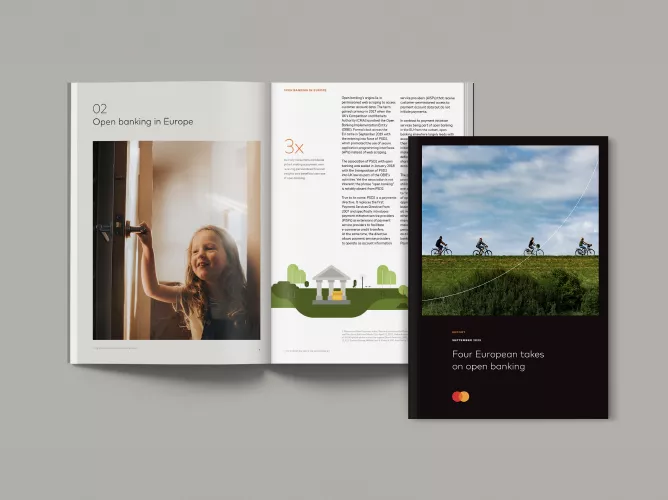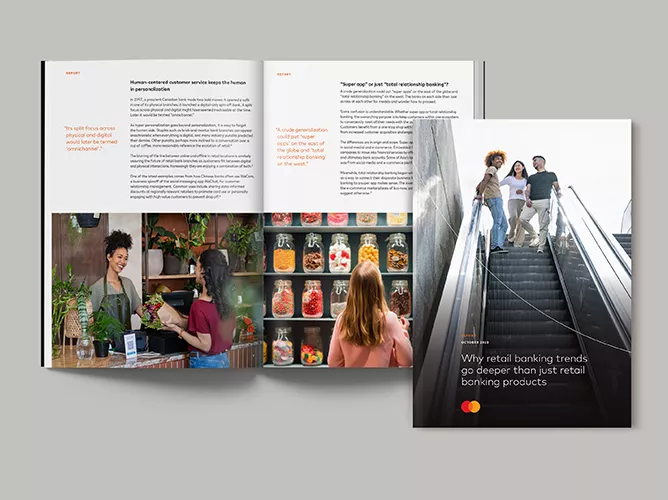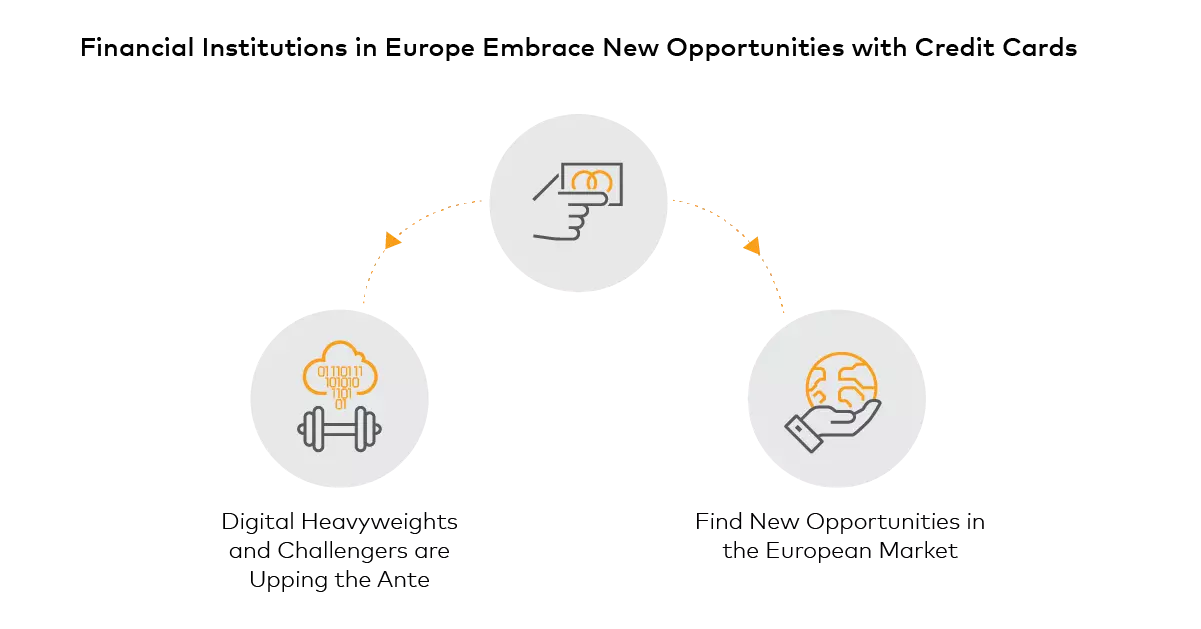The digital age has been good to consumers. Major players like Lyft and Netflix have fundamentally altered customer service, raising the bar across multiple industries. Customers are projecting higher standards onto every service they use — they expect platforms that are instant, affordable and intuitive. In short, they look for platforms that integrate seamlessly with their busy lives.
This trend has proved challenging for some financial institutions, particularly in Europe.
Digital Heavyweights and Challengers are Upping the Ante
As credit card issuers fight to keep their footing, new challengers are more than happy to jockey for position as a leader in the space. The Second Payment Services Directive (PSD2) has opened up the payments space and bolstered opportunities for new entrants, giving new companies like Transferwise, Monzo and Revolut the ability to compete with issuer propositions. Meanwhile, major digital players and retailers can easily add alternative payment options to their online platforms for the convenience of existing customers.
And convenience really is the litmus test for companies looking to compete. If customers don't think a system is easy, they will simply take their business elsewhere. When mobile-first consumers in China demanded one-stop payment mechanisms, digital payment services stepped in and saw significant growth in total transactions.
Issuers looking to improve their customer experience can take a page from N26's playbook. N26 is a totally mobile bank that places customer experience — in the form of an intuitive, all-in-one app, easily-opened paperless accounts and customizable notifications — at the core of its service.
And it's working. N26 has attracted more than one million customers since launching in 2015, relying primarily on social media and word of mouth to grow their business. The mobile bank is due to launch in the U.K. later this year, meaning new competition for issuers is on the horizon.
The European finance market is ripe for change, too. Issuers must adapt constantly to maintain customer relationships and trust as new competition continues to emerge. Partnerships with digital players and established brands could help issuers gain an edge in key areas, including user experience and customer engagement.
Find New Opportunities in the European Market
In addition to increased competition and changes in customer expectations, the FCA is expected to make new regulatory changes to help bring down the national levels of personal debt. Instead of seeing this as a challenge to business operations, organizations should view these new regulations as an opportunity to provide more value to existing cardholders. For example, you can help your customers reduce their monthly balances by providing them with financial literacy resources and helpful online tools that give them full insight into their repayment options.
Further, while credit card use in Europe is on the decline, there is reason for issuers to be optimistic. For the first time ever, debit cards have surpassed cash as the most popular way to spend in the U.K. People are already using plastic, and you can encourage credit card signups by demonstrating their value to your existing customers.
It's no secret that staying competitive in the European credit card market requires a multipronged approach. Card issuers need real-time analytics that allow them to better understand what their customers want, as well as access to external industry data insights for benchmarking purposes, and the ability to implement new strategies. An expert partner can work to shape this approach, uniting market understanding, innovative products and consulting capabilities to help executives excel in the European market.









